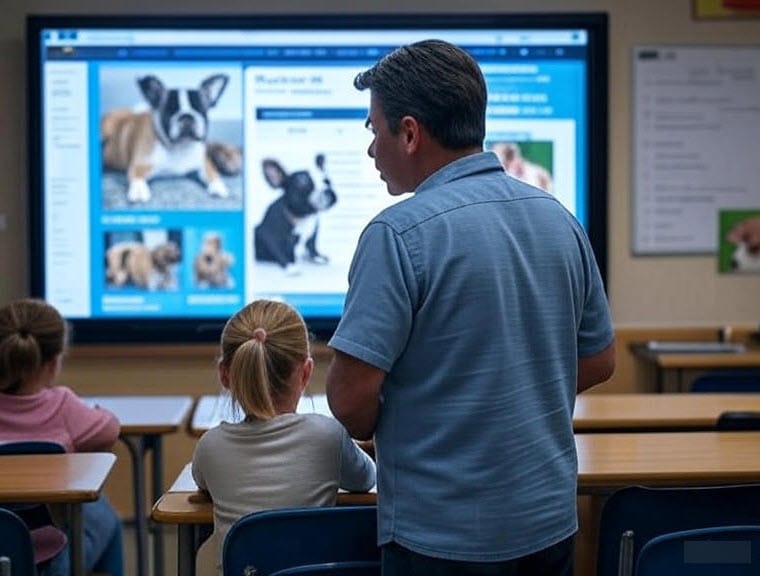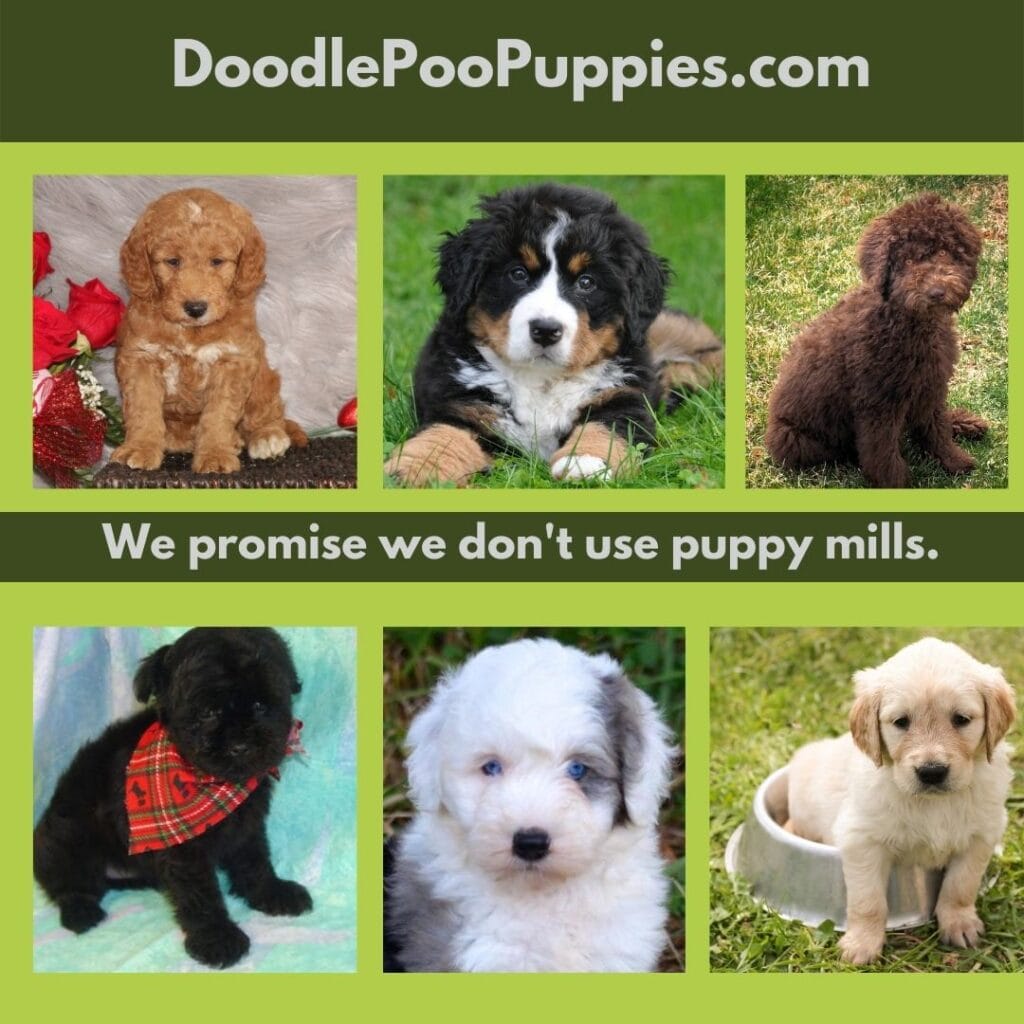Education to End Puppy Mills
Raising awareness is one of the most powerful tools we have to stop puppy mills. By educating both younger and older generations about the harsh realities behind these operations, we empower people to make informed, compassionate choices—helping to break the cycle of cruelty and end puppy mills.
Imagine this: one person shares what they’ve learned with two others. Those two tell two more. The ripple effect of education can reach farther than we ever imagined. Together, we can create a future where puppy mills are a thing of the past.
What You’ll Find Here
Lesson Plan Outlines for Middle School, High School, and Community Education programs
- A Dog Named 647 — A powerful children’s story by Dr. Kay that helps young readers understand the truth about puppy mills
Quick Takeaway: Education saves dogs. Share this page with two people and ask them to do the same—“1 tells 2” changes everything
Why Education Matters
Knowledge changes behavior. When students, families, and community members understand:
how high volume commercial breeding facilities operate,
the lack of transparency and role of online advertising and third-party “puppy broker” websites,
the red flags that signal poor welfare,
they choose humane options—responsible, transparent sources or adoption—and they share what they’ve learned.
What research shows: Learning to spot misleading sales tactics, verify breeder transparency, and assess animal welfare helps people avoid impulse purchases that keep puppy mills in business.
Free Lesson Plan Outlines
Middle School (Grades 6–8)
Focus: compassion, media literacy, and responsible choices.
You’ll Teach: What is a puppy mill? Why does consumer choice matter?
Activities: short video + reflection, “ad vs. reality” fact-check, “1 tells 2” share pledge.
Outcome: students identify at least three red flags for online puppy sales and share them with two peers or family members.
Download: Middle School Outline (coming soon)
High School (Grades 9–12)
Focus: research, argument writing, civic engagement.
You’ll Teach: online marketplaces, welfare standards, policy basics, and how to evaluate sources.
Activities: case study analysis, ad-tech mapping, op-ed or letter to a decision-maker.
Outcome: students create a shareable infographic or post that helps others avoid supporting puppy mills.
Download: High School Outline (coming soon)
Community Education (Teens & Adults)
Focus: practical steps to avoid puppy mills and support humane pathways.
You’ll Teach: how puppy mills operate, spotting broker/red-flag websites, and responsible ways to add a dog to your family.
Activities: short talk + Q&A, local resource handout, “1 tells 2” pledge.
Outcome: attendees leave with a clear checklist and a plan to share it with two others.
Download: Community Education Outline (coming soon)
Reading Spotlight
A Dog Named 647 by Dr. Nancy Kay
This powerful story helps young readers understand, with compassion and age-appropriate language, what puppy mills are and how informed choices protect dogs.
Educator Discussion Guide:
Share the Ripple — “1 Tells 2”
Your challenge: send this page to two people today. Ask them to do the same.
Post and share a takeaway on social media.
Add our lesson outlines to your classroom or club.
Include the red flags in newsletter or PTA communications







